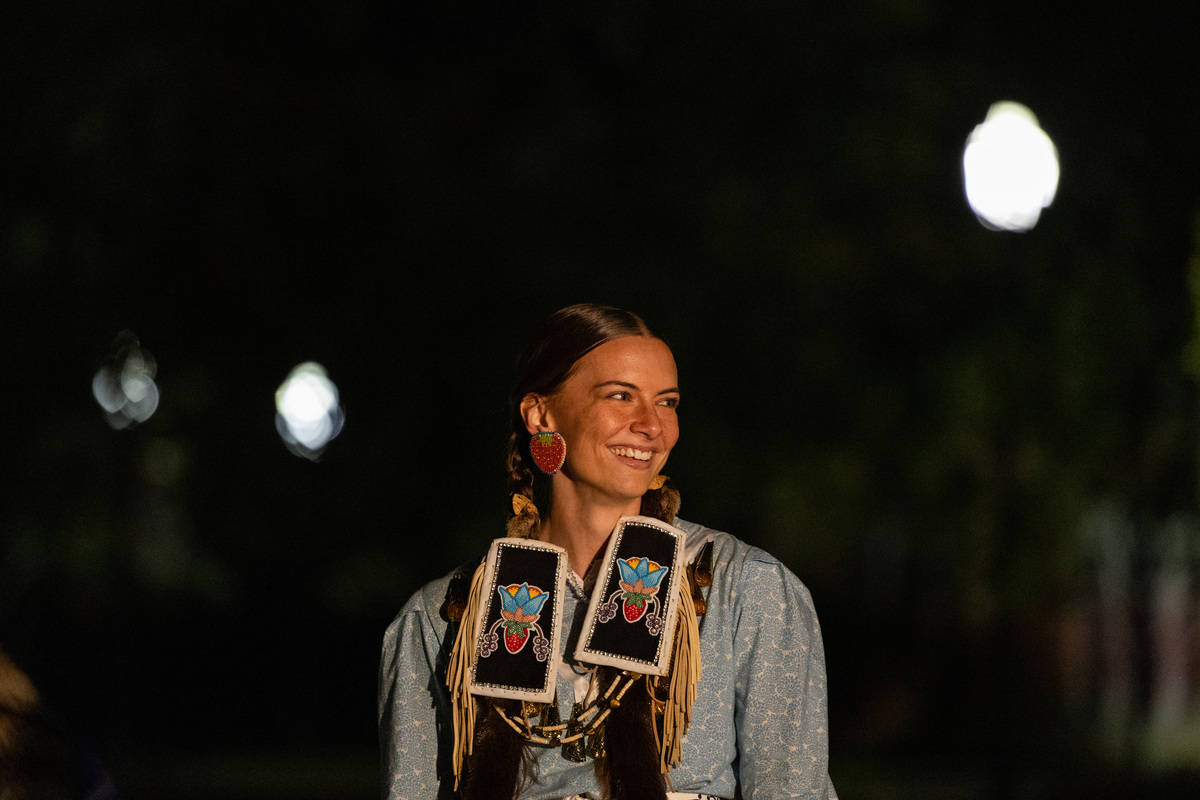The Bama Indigenous Student Organization Network invited Ron Warren on Thursday to demonstrate how to play the flute and to expand students’ understanding of Native American culture.
Warren, an Echota Cherokee and professional performer, joined the UA student organization over Zoom to introduce different Native American traditions that involve flute-playing.
“What we call a Native American flute is a two-chamber flute,” Warren said.
Native American flutes are typically made from some natural material like wood or reeds. Warren described the inner structure of the flute as having a solid wooden block toward the top where players blow.
A windway within the flute then channels the blown air and splits it. The air inside the tube will begin to vibrate once it has passed through.
He had brought several varieties of the instrument to show. The first flute he showed was one made from cedarwood, modeled after a 19th century Lakota design.
Although this is the standard way to make a modern Native American flute, versions exist in materials used, finger-playing methods and purposes, depending on cultural origin. The range of sounds from the instrument also depends on the tube’s length and diameter. Flute-playing in Native cultures is spread throughout the entire American continents, from South America to Canada.
“We have such a rich and varied tradition of flute play and flute-making among Indigenous peoples on this hemisphere,” Warren said.
Warren brought with him several varieties of flutes to play. The first was a Cherokee-style flute made by a fellow tribe member using river cane. The flute could play notes between F sharp and middle C, the standard range for most flutes, Warren said. Another was made from chestnut, designed by an Eastern Band Cherokee flute-maker. Despite similar designs, it is an example of how material changes how the instrument sounds.
The cedarwood Lakota flute that Warren first introduced is modeled from a tribe originating in the northern plains of North America.
“A significant difference in the Lakota flute is in the windway,” Warren said. “As metal became more readily available, the Lakota would use metal as a spacer plate in the windway.”
The unique use of material gives the flute a “chippy sound that carries extremely well on the plains,” he added.
The fourth flute was designed by a man named Colyn Petersen, who altered the design of instrument to be able to stand out when Warren plays concerts with others like Highland bagpipe players, north Indian raga singers and classical orchestras. It was designed to get as much air flowing through the flute as quickly as possible. The block that segments the tube is ramped, and the cutting edge within the flute is incredibly sharp, allowing it to be incredibly loud.
Once past the introduction, Warren began teaching and reviewing techniques with students. Two BISON members, treasurer Sam Hibler and president Kaytie Colbert, had brought their own flutes to the meeting. Both already experienced musicians, they were enlisted to show others how to hold the flute to the mouth, the correct way to blow to produce sound, and how to move the fingers on and off the holes to play different melodies.
Warren has a website where curious listeners can go and explore his music. To learn more about BISON and their upcoming events, look on its UA mySource page for more information.









